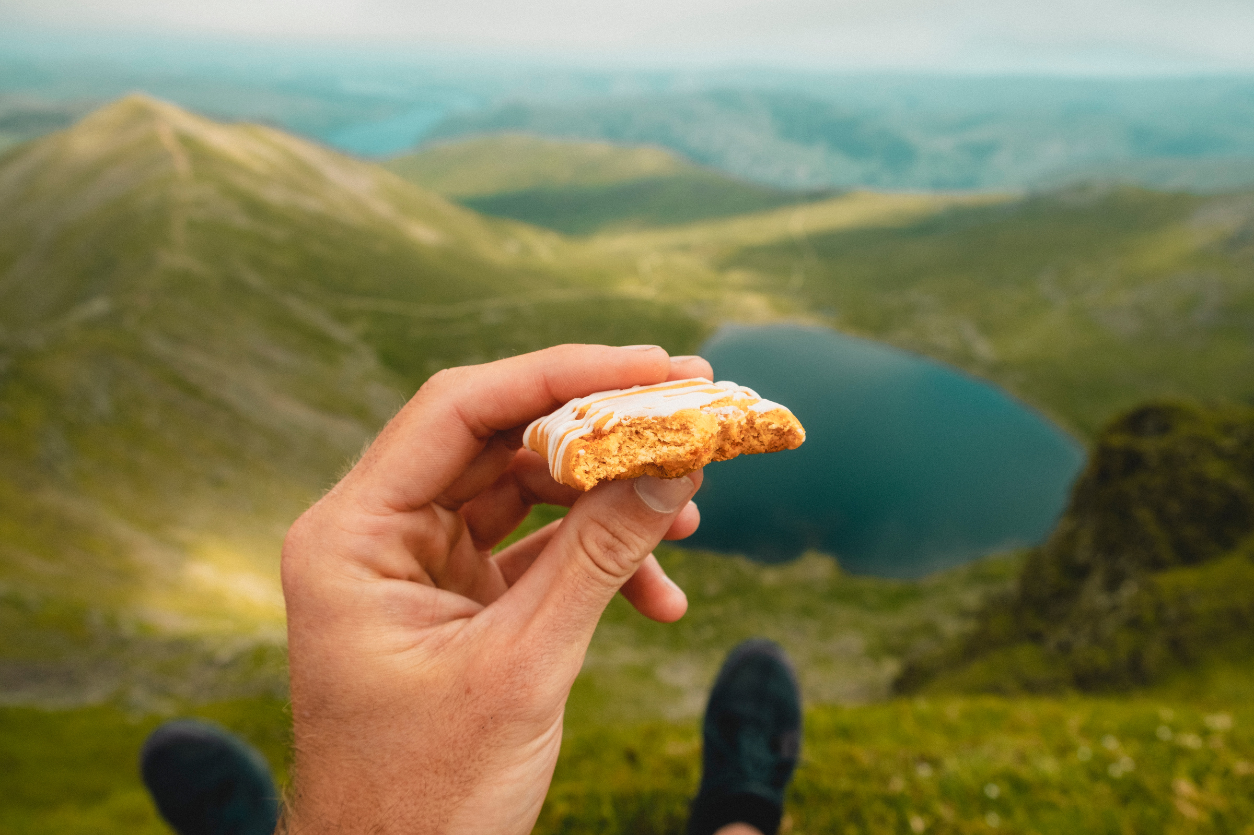Clever Dehydrator Recipes to Pack for Your Next Hiking Trip

Dehydrating your own meals isn’t just about convenience; it’s about knowing exactly what goes into your food. Plus, these meals save money compared to store-bought options and are lightweight, easy to prepare, and delicious. Over time, I’ve perfected some go-to dehydrator recipes that keep us energized and happy on the trails. Here are the best ones that are so good that even my kids love them.
Related: Best Survival Gear
Breakfast: Start the Day Right
Breakfast is the most important meal, especially when you’re about to spend the day hiking. I like to kick off our mornings with a nutritious, energy-boosting meal. One of my favorites is dehydrated fruit and granola mix. Before the trip, I prepare a mix of rolled oats, honey, and a variety of fruits like apples, bananas, and berries.
After mixing everything, spread it out on the dehydrator trays and let it dry until the fruit is completely dehydrated and the granola is crunchy. On the trail, just add some cold or hot water, and you have a delicious, wholesome breakfast ready to go. The mix of natural sugars and fiber keeps us fueled for the day’s adventures.
Lunch: Quick and Satisfying
For lunch, I prefer meals that are quick to prepare but still hearty. Dehydrated hummus is a fantastic option. I make a big batch of hummus at home, spread it thinly on dehydrator trays, and let it dry until it becomes brittle. Once dehydrated, I crush it into a powder and pack it in zip-lock bags.
On the trail, all it takes is a bit of water to rehydrate, and you have a tasty dip for pita bread or crackers. Pair it with some dehydrated vegetable chips—think zucchini, sweet potatoes, and carrots—and you have a crunchy, satisfying lunch that requires no cooking and is full of nutrients.
Dinner: Hearty and Comforting
Dinner is when we usually want something comforting and filling. One of our favorite trail dinners is dehydrated spaghetti Bolognese. Start by cooking your spaghetti and Bolognese sauce as you normally would. Once it’s done, let it cool, then spread the sauce and pasta separately on dehydrator trays. Dehydrate until both are completely dry and brittle.
To rehydrate, simply add boiling water to the dried pasta and sauce and let it sit for about 10-15 minutes. It’s amazing how the flavors come back to life. This dish provides a great mix of carbs and protein, perfect for replenishing your energy after a long day of hiking.
Snacks: Keeping Energy Up
Snacks are essential for keeping energy levels up between meals. Dehydrated fruit leather is always a hit with my kids. Blend your favorite fruits into a puree, spread it thinly on the dehydrator trays, and let it dry until it forms a flexible sheet. Cut it into strips, roll them up, and pack them for a sweet, natural snack.
Another great snack is homemade beef jerky. Marinate strips of beef in your favorite spices and sauces, then dehydrate until completely dry. This high-protein snack is perfect for keeping you going during those longer stretches on the trail.
Related: Best Stainless Steel Cups
Tips for Dehydrating
Dehydrating food is pretty straightforward, but there are a few tips to ensure success. First, make sure your food is sliced evenly to allow for consistent drying. Overlapping pieces can result in uneven drying, which can cause some parts to spoil. Also, keep in mind that fat doesn’t dehydrate well, so trim any excess fat from meat to prevent it from going rancid.
Store your dehydrated food in airtight containers or vacuum-sealed bags to keep moisture out. This helps preserve the food’s shelf life and keeps it safe to eat for months. Label each package with the contents and date so you know exactly what you’re grabbing for your trip.
Rehydrating on the Trail
Rehydrating your meals on the trail is simple but requires a bit of planning. For most meals, boiling water works best. Simply pour the water over your dehydrated food, cover, and let it sit for 10-15 minutes. For cold snacks like hummus, just add water a little at a time until you reach the desired consistency.
Using a cozy or insulated bag to hold your rehydrating food can help keep it warm while it absorbs the water. This is especially useful for dinners when you want a hot meal after a long day of hiking.
Personal Favorite Dehydrator Recipes
One personal favorite is a dehydrated quinoa salad. Cook quinoa with your favorite vegetables and a bit of seasoning. Dehydrate the mixture and pack it in portions. On the trail, add cold or hot water to rehydrate, and you will have a light yet filling meal ready in minutes. This dish is incredibly versatile; you can vary the vegetables and spices to suit your taste.
Another versatile option is dehydrated soup. Make a hearty vegetable or chicken soup, let it cool, and then dehydrate it. This can be a comforting option on chilly nights, and it’s incredibly easy to prepare on the trail—just add water and heat.
Your Adventure, Our Experience
At TheCampingList, our dedication to authenticity and reliability stems from our own adventures in the great outdoors. Our team, comprised of seasoned experts in hiking, camping, climbing, cycling, fishing, and hunting, rigorously tests every product and shares insights drawn from real experiences. This hands-on approach ensures our reviews and guides meet the highest standards of durability, functionality, and comfort. Moreover, our platform thrives on the rich contributions and feedback from our vibrant community of enthusiasts. We pride ourselves on delivering unbiased, educational content that empowers and informs your outdoor pursuits. Trust in TheCampingList for genuine advice and support, where we're all about enriching your journey, every step of the way.